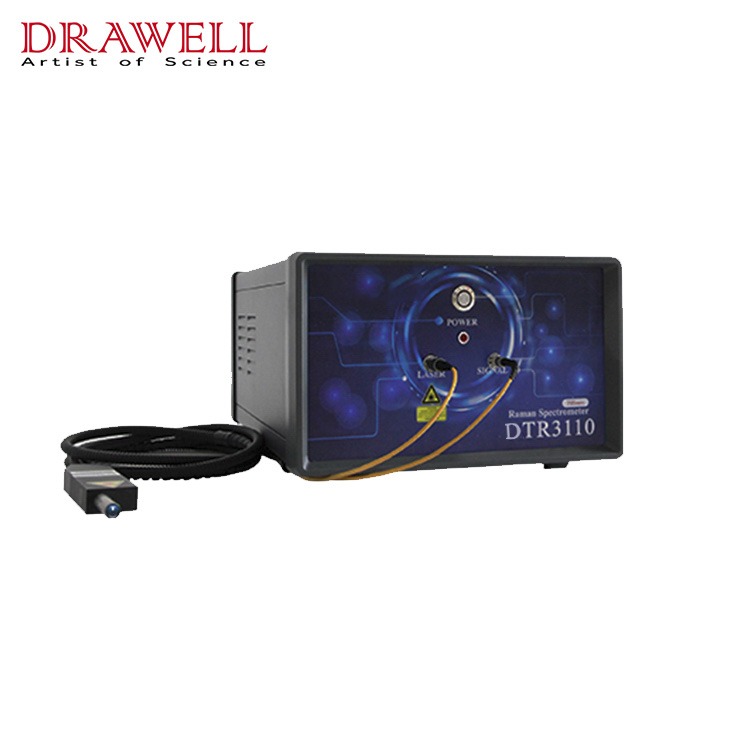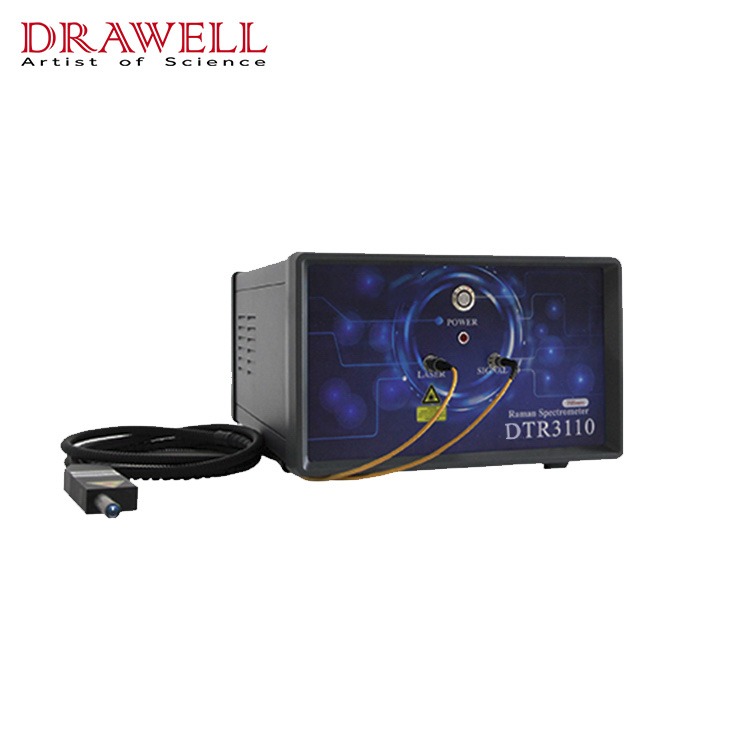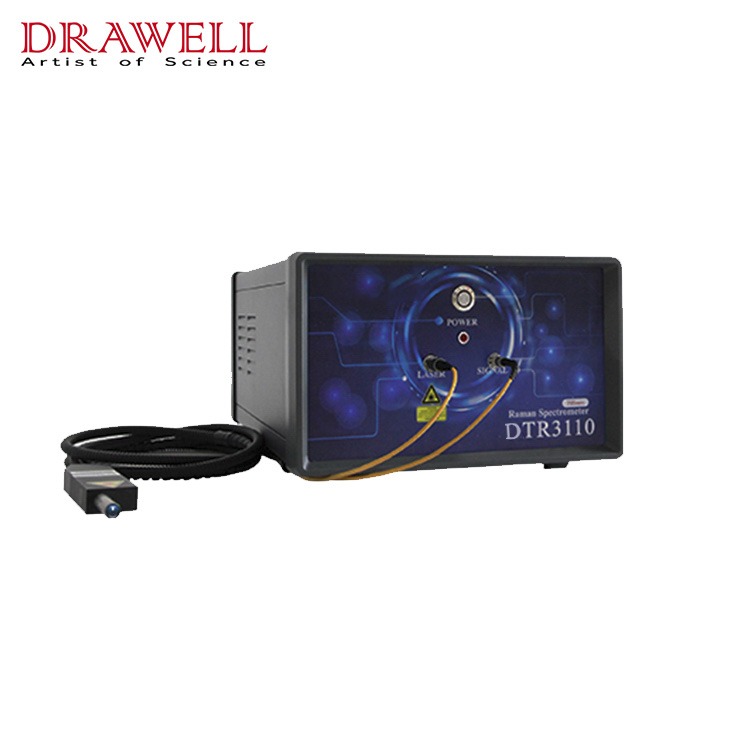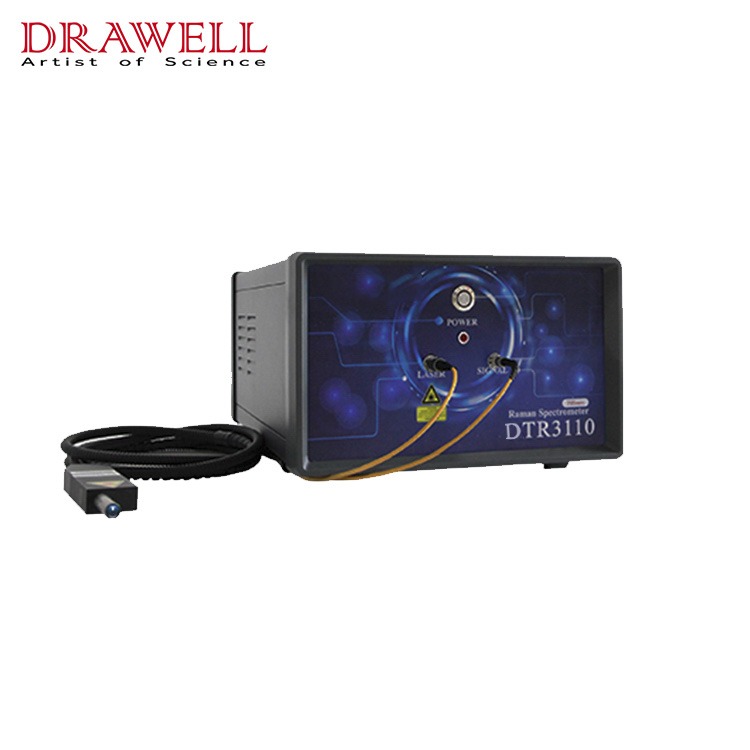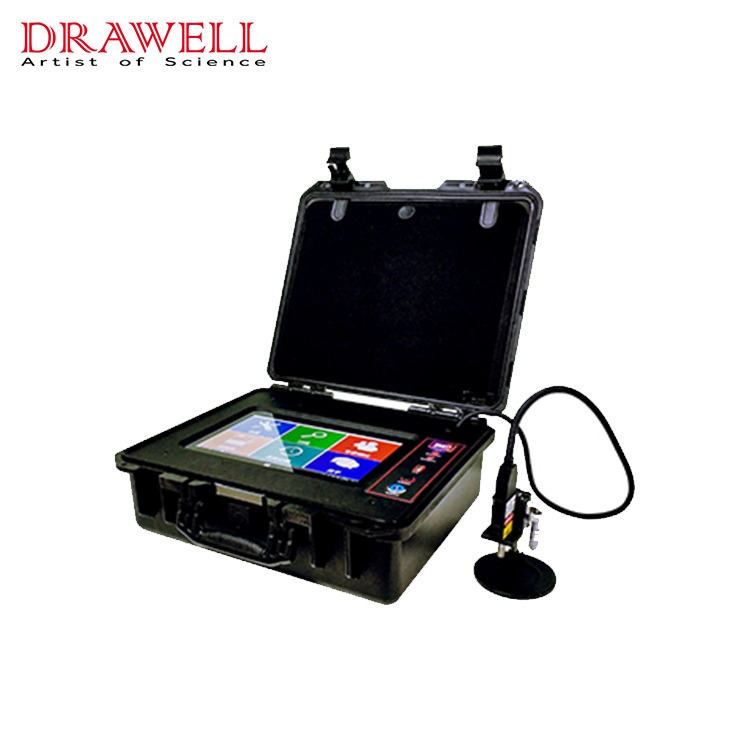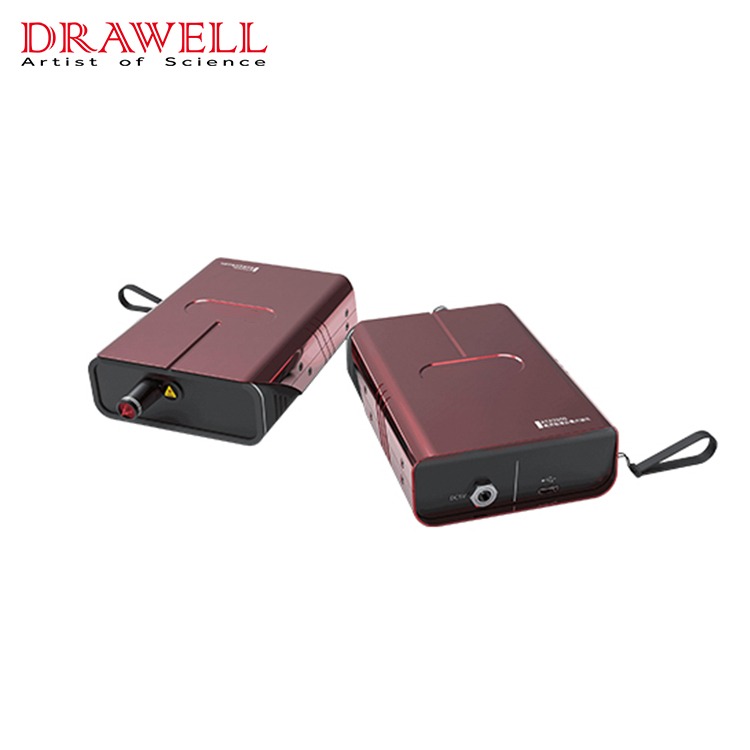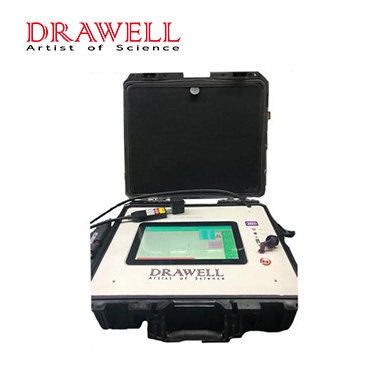Raman spectroscopy provides essential information on the molecular structure and structural features of many substances. This non-destructive analytical approach uses light to interact with molecules to provide a plethora of information about chemical bonds, crystalline structures, and even biological specimens. A sophisticated setup at the heart of Raman spectrometer allows researchers to examine the mysteries of matter. Raman spectroscopy is used in a variety of scientific domains and businesses, including material science, pharmaceuticals, biomedical research, environmental monitoring, geological exploration, and so on. We shall go into the world of Raman spectroscopy setup in this post, investigating its components and functioning principles.
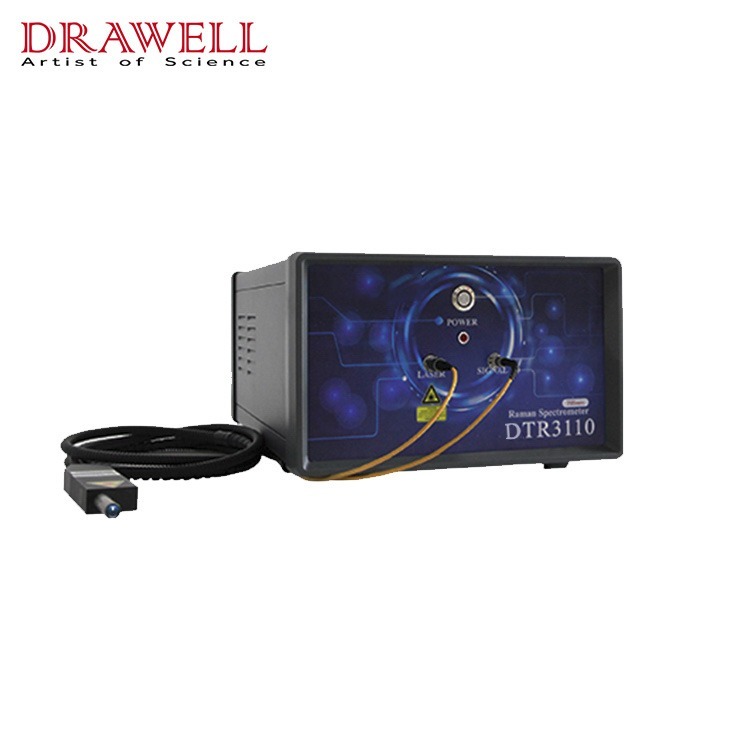
Components of a Raman Spectroscopy Setup
A Raman spectroscopy setup is made up of many key components that work together to allow the measurement of Raman spectra. To ensure precise and accurate data capture, these components are meticulously designed and assembled.
- Laser Source
The laser source generates a monochromatic, strong beam of light that acts as the excitation source for Raman scattering. Diode lasers, argon-ion lasers, and Nd: YAG lasers are all commonly used lasers that emit certain wavelengths. The laser wavelength chosen is determined by the sample under investigation and the desired Raman shifts.
- Sample Chamber or Sample Holder
The material being tested is securely held in the sample chamber or holder. It is intended to make the interaction of the laser beam with the sample easier. The sample can take the shape of liquids, solids, or gases.
- Monochromator or Spectrometer
The scattered light is collected and directed to a monochromator or spectrometer after the laser light interacts with the sample and causes Raman scattering. This optical component separates the Raman-shifted light from the incident laser light by dispersing the entering light into its constituent wavelengths.
- Detector
To collect the scattered light spectrum produced by the monochromator or spectrometer, a sensitive detector is used. The detector of choice is determined by parameters such as sensitivity, wavelength range, and application. Charge-coupled devices (CCDs), photomultiplier tubes (PMTs), and InGaAs detectors are examples of common detectors.
- Filters and Optics
Filters and optics are important in enhancing signal-to-noise ratios and removing undesirable wavelengths from captured light. The spectral range of the Raman signal is shaped by optical components such as dichroic filters and long-pass filters.
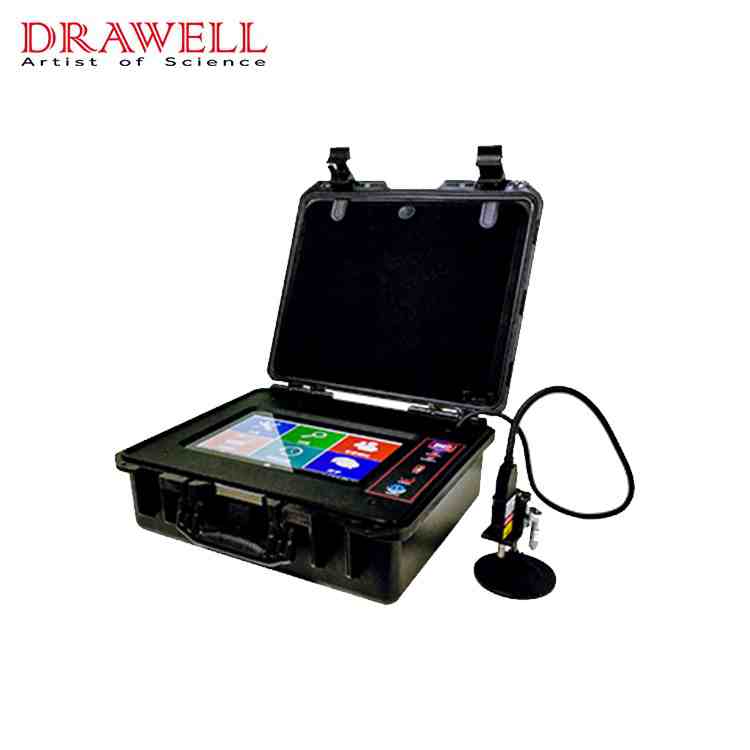
- Beam Expander and Collection Optics
To efficiently collect dispersed light from the sample, beam expanders and collection optics are required. These components ensure that the Raman signal recorded is maximized, resulting in higher data quality.
- Spectroscopic Software
For data collecting, processing, and analysis, specialized spectroscopic software is used. Researchers can use this software to examine and interpret Raman spectra, identify chemical components, and extract useful information about the sample’s composition and structure.
- Alignment and Calibration Tools
Accurate measurements need precise alignment of optical components and calibration of the Raman spectrometer. To assure the instrument’s accuracy, calibration tools such as reference samples with recognized Raman peaks are used.
- Sampling Accessories
Various sampling accessories may be required depending on the type of the sample. These can include microscope objectives for analyzing small samples, fiber optic probes for remote measurements, and sample holders with temperature control for studying phase transitions.
- Lasers and Optical Fibers
In remote or in situ applications, optical fibers can be utilized to guide the laser beam to the sample and collect the scattered light. Fiber-coupled laser sources allow for greater laser delivery flexibility.
- Safety Precautions
Laser safety interlocks and protective eyewear are critical safety measures for operators and researchers dealing with high-intensity lasers.
- Environmental Control
Some Raman spectroscopy setups include environmental control systems to keep temperature and humidity stable, which is important for specific investigations.
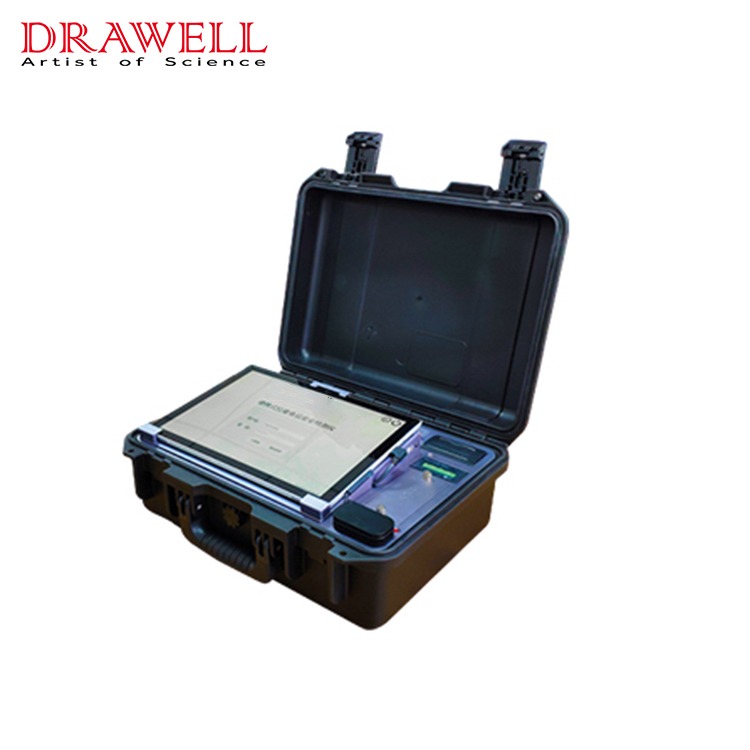
Working Principles of a Raman Spectroscopy Setup
The working principles of Raman spectroscopy entail the interaction of laser light with a sample and the subsequent detection of scattered light to obtain Raman spectra. This non-destructive approach yields useful information about a material’s chemical makeup, vibrational modes, and crystal structures.
- Laser Excitation
The process starts with a laser source that produces a monochromatic and highly concentrated beam of light. The wavelength of the laser is critical since it determines the energy of the incident photons. The laser beam is aimed towards the sample under examination.
- Sample Interaction
When the laser beam interacts with the sample, two primary phenomena occur:
- Elastic (Rayleigh) Scattering: The bulk of incident photons are elastically scattered, which means they retain the same wavelength as the incident laser light. Rayleigh scattering is the phenomena that acts as the baseline against which Raman scattering is measured.
- Inelastic (Raman) Scattering: Raman scattering occurs when a tiny percentage of incoming photons undergo inelastic scattering. Photons gain or lose energy during Raman scattering as a result of interactions with the sample’s molecular vibrations, resulting in changed wavelengths known as Raman shifts.s molecular vibrations, resulting in shifted wavelengths called Raman shifts.
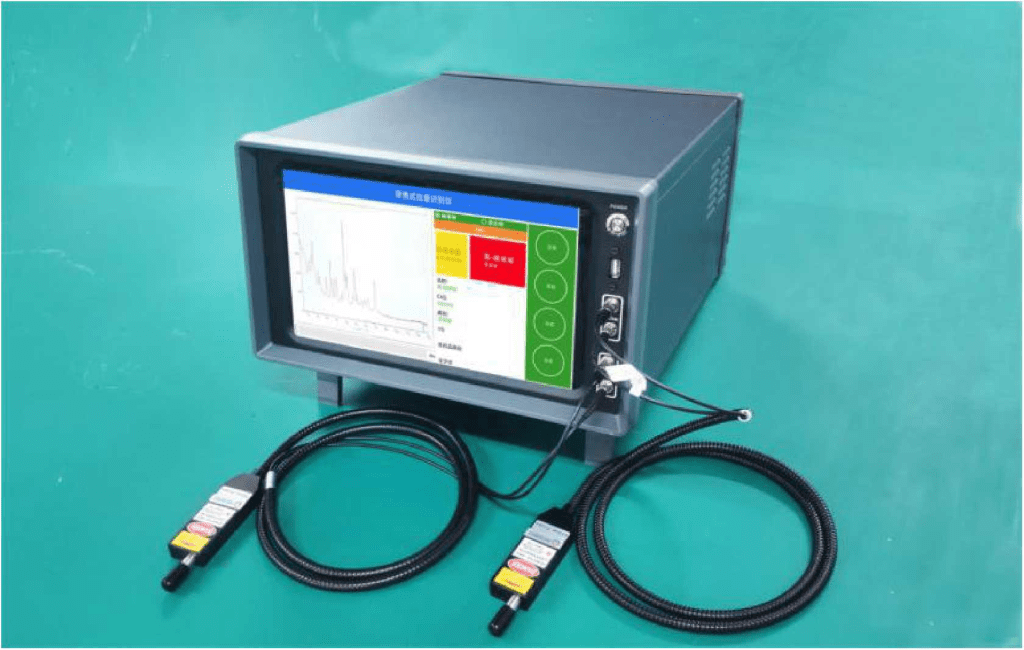
- Scattered Light Collection
The scattered light is collected from the sample, which comprises both Rayleigh and Raman-scattered photons. Collection optics, such as lenses or microscope objectives, concentrate and route the gathered light to the next stage of the system.
- Monochromator or Spectrometer
The collected light is directed to a monochromator or spectrometer. This optical component plays a pivotal role in Raman spectroscopy by dispersing the incoming light into its constituent wavelengths, creating a spectral “fingerprint” of the scattered light.
- Data Processing
The detector’s data is transferred to a computer running specialized spectroscopic software. This software analyzes the data to generate a Raman spectrum, which shows peaks at specific wavelengths that correlate to Raman shifts. The Raman spectrum reveals information about the sample’s molecular makeup, chemical bonding, and crystal structures.
- Analysis and Interpretation
Researchers use the Raman spectrum to identify chemical compounds, determine the presence of specific functional groups, and learn about the qualities of the material. The positions and intensities of Raman peaks reveal valuable information about vibrational modes and structural characteristics.
- Calibration and Quality Control
Calibration tools and reference samples with recognized Raman peaks may be included in the setup to assure the precision and reliability of the instrument’s readings. Maintaining instrument performance requires regular quality control and calibration.
Conclusion
The Raman spectroscopy setup is a sophisticated and versatile tool that enables scientists and researchers to investigate the molecular complexities of a wide range of materials. Because of its potential to deliver non-destructive, high-resolution insights into chemical structures and compositions, it is a useful asset in a wide range of scientific disciplines and industries.

